Filter News
Area of Research
- (-) Neutron Science (41)
- Advanced Manufacturing (3)
- Biological Systems (3)
- Biology and Environment (4)
- Building Technologies (2)
- Clean Energy (97)
- Climate and Environmental Systems (4)
- Computational Biology (1)
- Energy Frontier Research Centers (1)
- Fossil Energy (2)
- Fuel Cycle Science and Technology (1)
- Fusion Energy (1)
- Materials (94)
- National Security (2)
- Nuclear Science and Technology (21)
- Nuclear Systems Modeling, Simulation and Validation (1)
- Renewable Energy (2)
- Sensors and Controls (2)
- Supercomputing (45)
- Transportation Systems (1)
Media Contacts
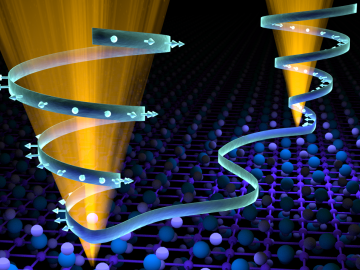
The observation of an abnormal state of matter in a two-dimensional magnetic material is the latest development in the race to harness novel electronic properties for more robust and efficient next-generation devices.
Neutron scattering at the Department of Energy’s Oak Ridge ...

Researchers are looking to neutrons for new ways to save fuel during the operation of filters that clean the soot, or carbon and ash-based particulate matter, emitted by vehicles. A team of researchers from the Energy and Transportation Science Division at the Department of En...
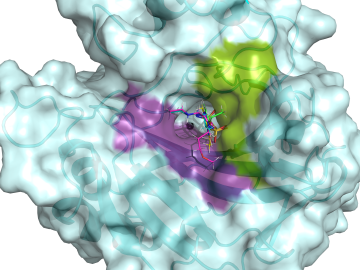
New insights from neutron analysis of glaucoma drugs and their enzyme target may help scientists design drugs that more effectively target aggressive cancers.
A team of researchers led by the Department of Energy’s Oak Ridge National Laboratory used neutro...
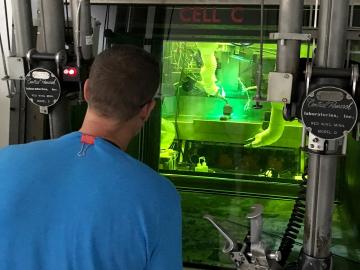
Scientists of the Department of Energy’s Light Water Reactor Sustainability Program (LWRS) and partners from the Electric Power Research Institute (EPRI) have conducted the first weld tests to repair highly irradiated materials at DOE’s Oak Ridge National Laboratory.

To improve models for drilling, hydraulic fracturing and underground storage of carbon dioxide, Oak Ridge National Laboratory scientists used neutrons to understand how water flows through fractured rock.
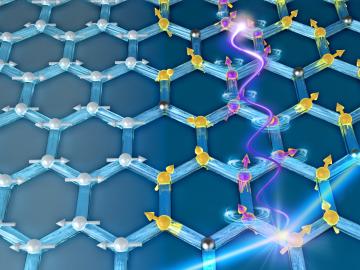
A novel approach for studying magnetic behavior in a material called alpha-ruthenium trichloride may have implications for quantum computing. By suppressing the material’s magnetic order, scientists from Oak Ridge National Laboratory and the University of Tennessee observed be...
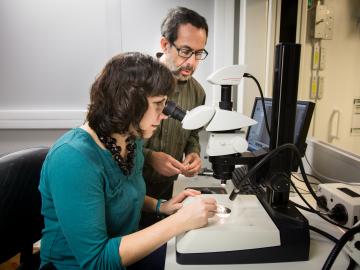
Scientific discovery can come from anywhere, but few researchers can say the answers to their questions would come from the pea-sized bones in the head of a six-foot-long, 200-pound prehistoric freshwater fish.
In a unique pairing of biology and neutron science, researchers from...

The recently discovered element 117 has been officially named "tennessine" in recognition of Tennessee’s contributions to its discovery, including the efforts of the Department of Energy's Oak Ridge National Laboratory and its Tennessee collaborators at Vanderbilt University and the University of Tennessee.
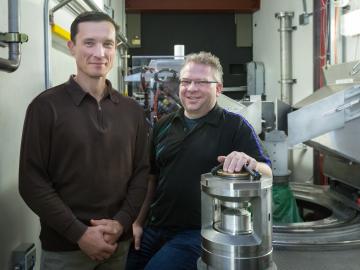
Unexpected results from a neutron scattering experiment at the Department of Energy’s Oak Ridge National Laboratory could open a new pathway for the synthesis of novel materials and also help explain the formation of complex organic structures observed in interstellar space.
I...
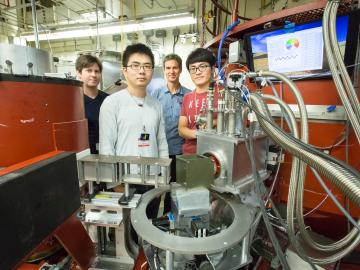
For the first time since 2011, scientific users of Oak Ridge National Laboratory’s High Flux Isotope Reactor were able to take advantage of a seventh cycle, allowing for 25 extra days of neutron production and available time for new experiments on HFIR’s 12 beam lines in fiscal ye...




